The European Commission has published a list of potential agricultural practices that farmers could be paid to carry out under eco schemes.
Eco schemes will replace greening in the next CAP and will account for somewhere between 20% and 30% of a farmer’s direct payment.
The schemes will be optional, but farmers who opt out will lose a portion of their direct payment.
Eco schemes will be focused on climate, environment, animal welfare and antimicrobial resistance issues.
Here are the potential areas that Ireland could design schemes around.
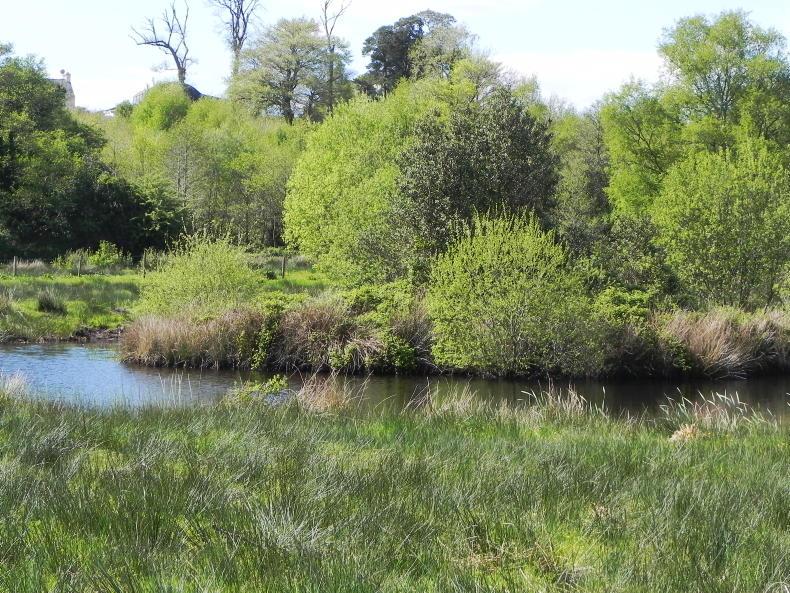
Given the high percentage of peatland and grassland in Ireland, this heading could feature highly in Ireland’s plans.
There could be payments for rewetting peatlands, maintaining a minimum water table during winter and ploughing in straw.
The EU suggests payments for establishing and maintaining permanent grassland and encouraging the extensive use of grassland. Again, Ireland is in a unique position compared with most EU countries when it comes to grass-based systems.
Precision farming and nutrient management

\ Patrick Browne
Precision agriculture is a heading that will interest most EU countries and the Commission too, as it ticks the boxes of its fertiliser and pesticide reduction plans.
For Ireland, payments may be provided for farmers to improve their soil fertility and prepare nutrient management plans.
In turn, this could incentivise the reduction of input use.
These incentives are only likely to be made available where such requirements are not already in place, such as derogation.
High nature value farming
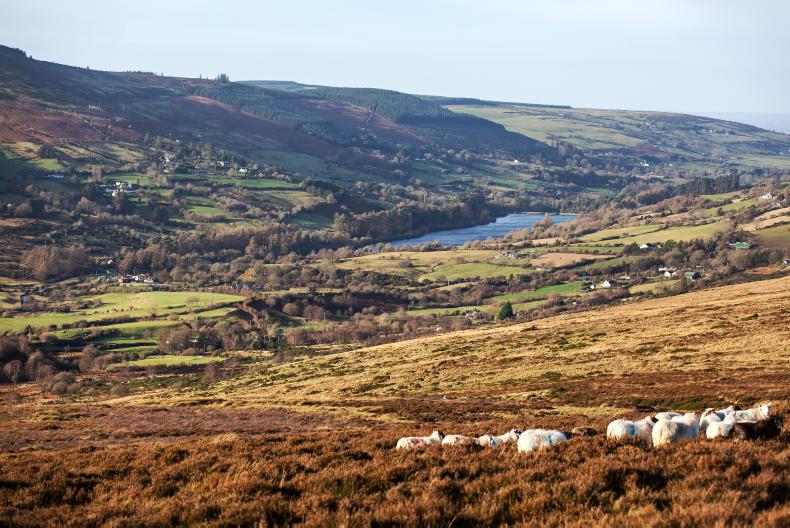
\ Philip Doyle
Actions under these headings relate mainly to more marginal, upland areas, but could have applications in other areas too.
The percentage of high nature value (HNV) farmland is relatively high in Ireland.
Farmers could be paid for shepherding, setting aside areas for biodiversity such as wild birdcover, creating semi-natural habitats such as wildflower meadows, and reducing the use of fertiliers.
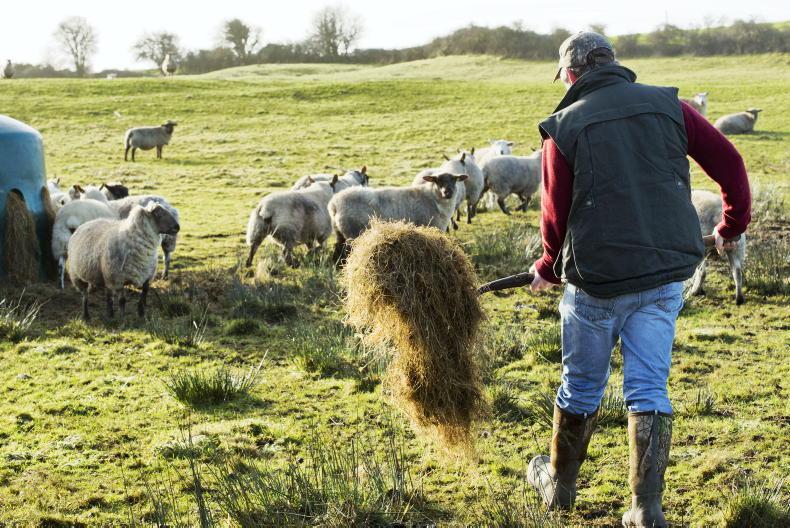
Ewes being fed outdoors on an organic farm in Co Galway. \ David Ruffles
The Commission wants 25% of all EU agricultural land under organic management by 2030.
To do this, it suggests supports for the conversion to and maintenance of organic farming.
Such supports are well established through the CAP, usually through a rural development scheme.
The uptake of organic farming in Ireland has been slow, with just over 2% of land managed organically.
The Commission wants to see progress, with an increase to 8%, the EU average, the mooted target.
Practices related to greenhouse gas emissions
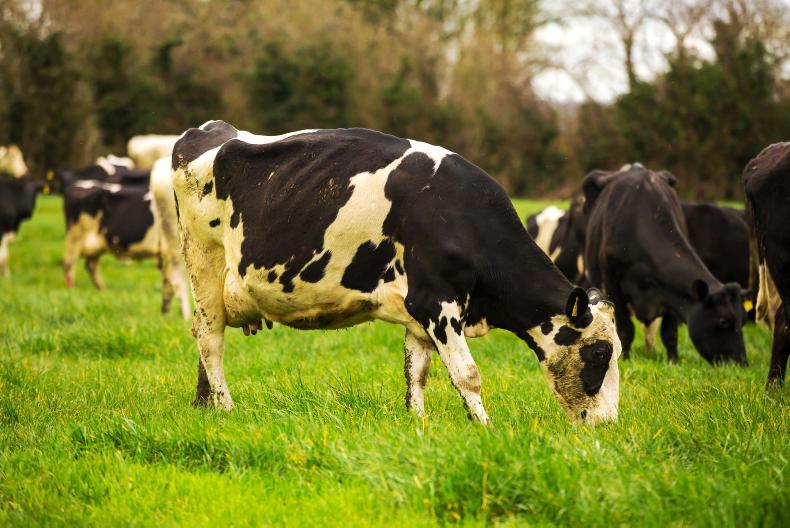
\ Philip Doyle
As beef and dairy are the dominant sectors in Irish agriculture, there will be a major focus on methane emissions.
The Commission believes there is an opportunity to fund feed additives to decrease emissions from the enteric fermentation process, as well as improve manure management and storage.

/ Donal O' Leary
There are a range of suggested farming practices that come under agro ecology.
For tillage farmers, they include crop rotations with nitrogen-fixing crops and cover or catch crops.
For livestock farmers, there could be incentives for multi-species swards and low intensity grass-based livestock systems.
How the last item may apply to Ireland is unclear, as it is already widely practiced.
It may be that farmers could be paid to change to a low-intensity system or those farming already at a certain level supported not to intensify - such details are yet to be specified.
Husbandry and animal welfare plans
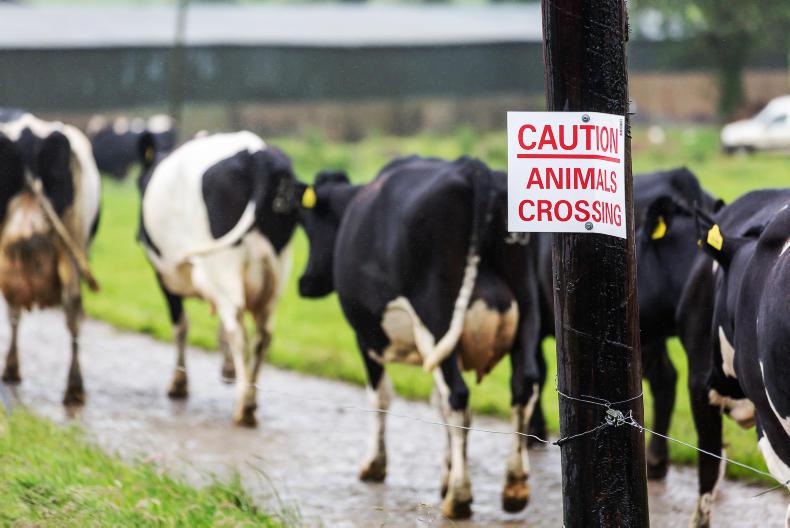
Eco schemes were originally intended to focus on climate and environmental action, but animal welfare has now also been added to the ticket. It could provide an interesting avenue for Ireland.
There could be supports for animal breeding and health aimed at improving animal robustness, fertility and longevity.
Areas such as dairy cow lifespan and breeding lower emission animals are pinpointed.
Much of this work has been taking place in Ireland, both outside CAP and through funded schemes.
There could be incentives to improve housing conditions, including increased space allowances per animal and improved flooring.
Feeding plans are another possibility. This would involve improving the suitability of and access to feed and water and optimising feed strategies.
Providing access to pastures and increasing grazing period for grazing animals is one of the suggestions. However, given the prevalence of grass-based systems in Ireland, supports for this are unlikely.
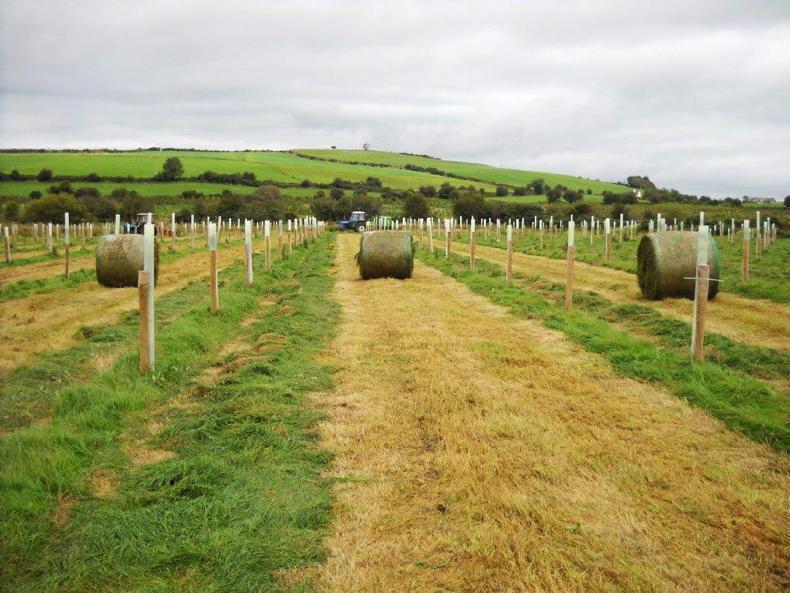
While agro forestry is a relatively novel concept in Ireland, the Commission is keen to push it. It does not only involve trees, but also shrubs and hedges.
The Commission envisages payments for farmers to establish and maintain landscape features, to manage these features with a dedicated cutting plan and to establish high-biodiversity silvo-pastoral systems which involve planting trees and shrubs among pastureland.
Integrated pest management practices
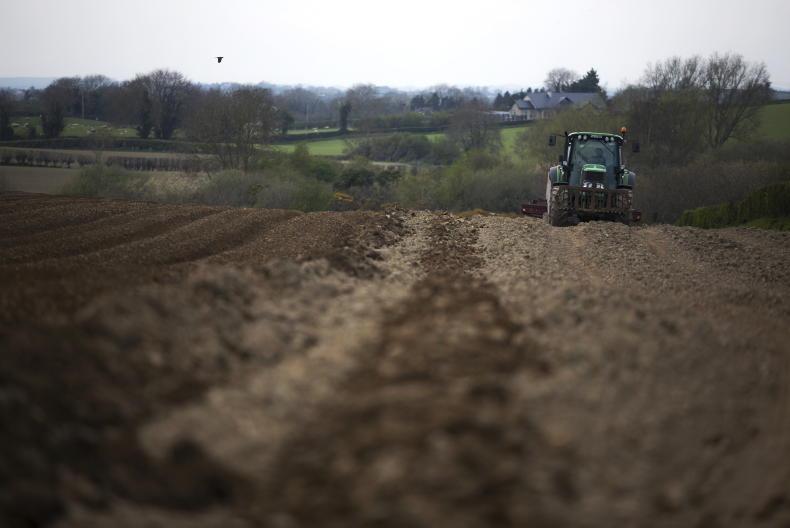
The Commission wants farmers to reduce their overall use and risk of pesticides by 50% by 2030.
For the tillage sector, it has identified integrated pest management (IPM) as a key way to achieve this.
Farmers could be paid for buffer strips, mechanical weed control, increased use of pest-resistant crop varieties and species, or land lying fallow with species selected for biodiversity purposes.
Read more
Budget for eco-schemes remains sticking point in CAP talks
What the EU expects from farmers in the next CAP
The European Commission has published a list of potential agricultural practices that farmers could be paid to carry out under eco schemes.
Eco schemes will replace greening in the next CAP and will account for somewhere between 20% and 30% of a farmer’s direct payment.
The schemes will be optional, but farmers who opt out will lose a portion of their direct payment.
Eco schemes will be focused on climate, environment, animal welfare and antimicrobial resistance issues.
Here are the potential areas that Ireland could design schemes around.

Given the high percentage of peatland and grassland in Ireland, this heading could feature highly in Ireland’s plans.
There could be payments for rewetting peatlands, maintaining a minimum water table during winter and ploughing in straw.
The EU suggests payments for establishing and maintaining permanent grassland and encouraging the extensive use of grassland. Again, Ireland is in a unique position compared with most EU countries when it comes to grass-based systems.
Precision farming and nutrient management

\ Patrick Browne
Precision agriculture is a heading that will interest most EU countries and the Commission too, as it ticks the boxes of its fertiliser and pesticide reduction plans.
For Ireland, payments may be provided for farmers to improve their soil fertility and prepare nutrient management plans.
In turn, this could incentivise the reduction of input use.
These incentives are only likely to be made available where such requirements are not already in place, such as derogation.
High nature value farming

\ Philip Doyle
Actions under these headings relate mainly to more marginal, upland areas, but could have applications in other areas too.
The percentage of high nature value (HNV) farmland is relatively high in Ireland.
Farmers could be paid for shepherding, setting aside areas for biodiversity such as wild birdcover, creating semi-natural habitats such as wildflower meadows, and reducing the use of fertiliers.

Ewes being fed outdoors on an organic farm in Co Galway. \ David Ruffles
The Commission wants 25% of all EU agricultural land under organic management by 2030.
To do this, it suggests supports for the conversion to and maintenance of organic farming.
Such supports are well established through the CAP, usually through a rural development scheme.
The uptake of organic farming in Ireland has been slow, with just over 2% of land managed organically.
The Commission wants to see progress, with an increase to 8%, the EU average, the mooted target.
Practices related to greenhouse gas emissions

\ Philip Doyle
As beef and dairy are the dominant sectors in Irish agriculture, there will be a major focus on methane emissions.
The Commission believes there is an opportunity to fund feed additives to decrease emissions from the enteric fermentation process, as well as improve manure management and storage.

/ Donal O' Leary
There are a range of suggested farming practices that come under agro ecology.
For tillage farmers, they include crop rotations with nitrogen-fixing crops and cover or catch crops.
For livestock farmers, there could be incentives for multi-species swards and low intensity grass-based livestock systems.
How the last item may apply to Ireland is unclear, as it is already widely practiced.
It may be that farmers could be paid to change to a low-intensity system or those farming already at a certain level supported not to intensify - such details are yet to be specified.
Husbandry and animal welfare plans

Eco schemes were originally intended to focus on climate and environmental action, but animal welfare has now also been added to the ticket. It could provide an interesting avenue for Ireland.
There could be supports for animal breeding and health aimed at improving animal robustness, fertility and longevity.
Areas such as dairy cow lifespan and breeding lower emission animals are pinpointed.
Much of this work has been taking place in Ireland, both outside CAP and through funded schemes.
There could be incentives to improve housing conditions, including increased space allowances per animal and improved flooring.
Feeding plans are another possibility. This would involve improving the suitability of and access to feed and water and optimising feed strategies.
Providing access to pastures and increasing grazing period for grazing animals is one of the suggestions. However, given the prevalence of grass-based systems in Ireland, supports for this are unlikely.

While agro forestry is a relatively novel concept in Ireland, the Commission is keen to push it. It does not only involve trees, but also shrubs and hedges.
The Commission envisages payments for farmers to establish and maintain landscape features, to manage these features with a dedicated cutting plan and to establish high-biodiversity silvo-pastoral systems which involve planting trees and shrubs among pastureland.
Integrated pest management practices

The Commission wants farmers to reduce their overall use and risk of pesticides by 50% by 2030.
For the tillage sector, it has identified integrated pest management (IPM) as a key way to achieve this.
Farmers could be paid for buffer strips, mechanical weed control, increased use of pest-resistant crop varieties and species, or land lying fallow with species selected for biodiversity purposes.
Read more
Budget for eco-schemes remains sticking point in CAP talks
What the EU expects from farmers in the next CAP















 This is a subscriber-only article
This is a subscriber-only article



















SHARING OPTIONS: